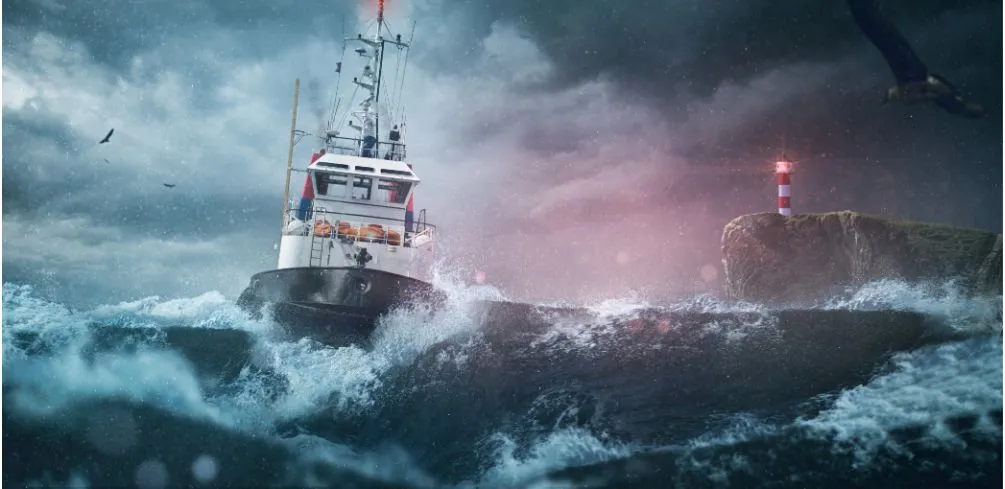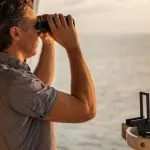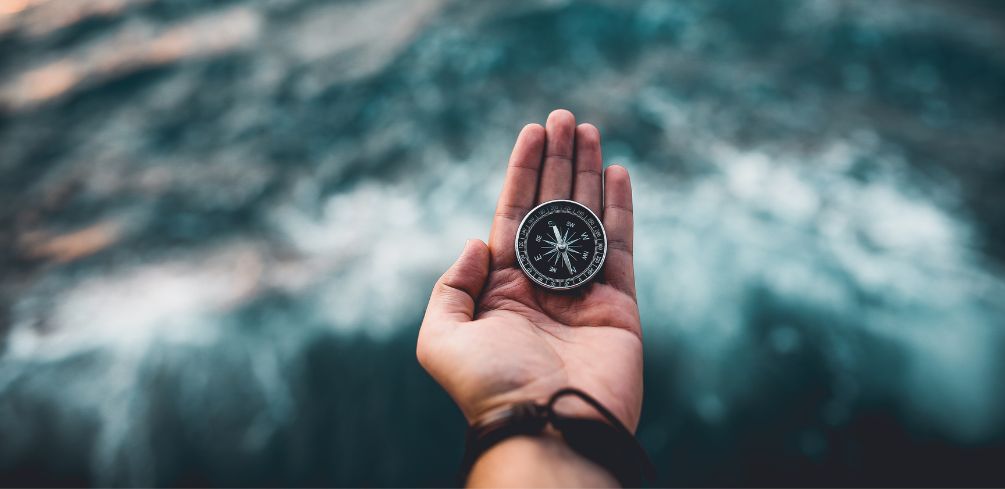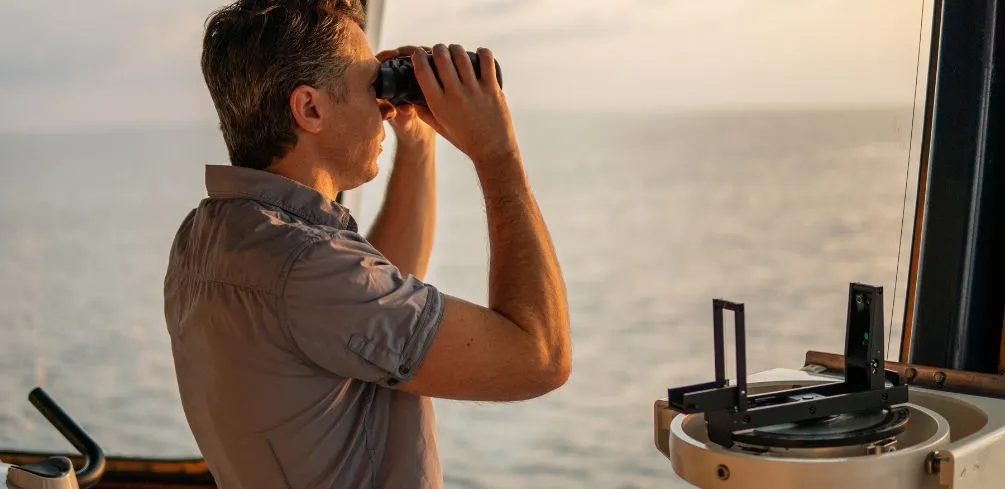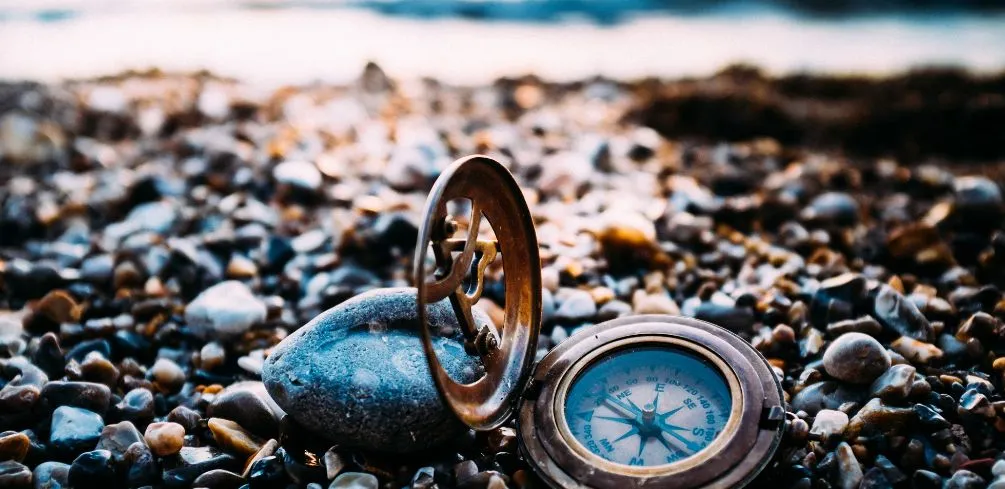Sailing is a thrilling and rewarding experience, but it can also be dangerous. Unfortunately, unpredictable storms or unsafe conditions can arise when you least expect them. When sailing the open seas, it’s important to be aware of your surroundings and take steps to protect yourself and your crew. In this article, I’m going to share some strategies that you can use to avoid storms and unsafe conditions at sea.
The first step in avoiding storms and other hazards is knowing when they might occur. Many mariners rely on nautical forecasts that provide detailed information about wind speed, wave height, and other factors that could put them in danger.
Additionally, if you’re traveling in an area known for severe weather, like the Gulf of Mexico or the Caribbean Sea, it pays to pay close attention to any weather warnings issued by your local government or the National Weather Service.
Finally, you should always err on the side of caution when making decisions about whether or not to sail in a particular area. If there’s any chance of bad weather or unsafe conditions ahead, it’s better to stay docked than risk putting yourself or your crew in harm’s way. By following these simple strategies, you can ensure that your next voyage is both safe and enjoyable!
Preparation And Planning
When it comes to sea safety, preparation and planning are key. It’s important to plan ahead for any voyage at sea, taking into account potential storms and other unsafe conditions. This means having a good understanding of maritime weather and staying up-to-date on forecasts before setting off.
Familiarizing yourself with the waters you’ll be navigating can help ensure the safest route possible. I recommend creating a voyage plan that accounts for both expected and unexpected weather patterns. If a storm is forecasted in your route, consider altering your voyage plan or waiting until it passes before setting sail.
Plus, make sure you’re equipped with all the necessary gear, such as lifejackets and flares, so you’re prepared if the situation calls for it. All of these steps will help keep yourself and your crew safe while sailing during stormy conditions. With proper storm preparedness, you can have peace of mind knowing you’ve done everything possible to minimize risk and maximize safety on your voyage.
Weather Monitoring
Now let’s turn our attention to weather monitoring to stay safe at sea. Did you know that, according to the National Oceanic and Atmospheric Administration (NOAA), nearly three-quarters of all fatalities from boating accidents in the U.S. are due to bad weather? That is why it is so important to pay close attention to your surroundings and take the necessary steps to ensure your safety when sailing.
Weather monitoring involves keeping track of changes in temperature, wind speed and direction, barometric pressure, and other factors which can affect conditions at sea. The most important tool for weather monitoring is a reliable sea forecast which should be consulted regularly throughout your voyage.
A good sea forecast will provide information about storms, wave heights and directions, ocean currents, visibility, tides, and more. Knowledge of these conditions can help you plan ahead and adjust your route as needed based on what you know about the environment around you.
In addition to consulting forecasts, it also pays off to stay up-to-date with storm tracking systems such as those provided by NOAA. These systems can provide real-time data on developing storms so that you can make informed decisions about where best to position yourself during a storm or other unsafe conditions at sea.
Being aware of wave prediction services such as Wavewatch III can also be helpful in planning ahead for potential risks associated with large wave activity near shorelines or rocky areas.
By paying close attention to available weather information and understanding how it may affect your journey, you can have peace of mind knowing that you are taking every precaution necessary for a safe voyage at sea!
Changeable Course Of Action
When sailing, it’s important to be aware of the potential dangers in the area. Storms and unsafe waters can cause significant damage to a vessel, so it is essential to know how to avoid them. One of the best strategies for avoiding storms and other hazards at sea is to take an alternative course or make evasive maneuvers. This involves making quick changes in direction or speed in order to avoid any potential risks.
Diversion tactics are also useful for avoiding storms and other dangerous conditions at sea. This involves making small adjustments in the course throughout the voyage in order to stay away from any dangers that may arise. It helps ensure that you stay on a safe route and avoid running into any hazardous areas.
Developing a new route can also be beneficial when trying to stay away from storms and other hazards at sea. By mapping out a plan of action before setting sail, you can better anticipate any potential issues along the way and plan accordingly.
Doing this will reduce the chances of running into hazardous waters or bad weather conditions, allowing you to safely complete your journey.
Safety Equipment
Having a changeable course of action is important when trying to avoid storms and unsafe conditions at sea, but having the right safety equipment is just as important. Taking the time to make sure you have all the necessary items on board can make or break a safe journey out in the open waters.
Here are 3 key pieces of safety equipment that no mariner should be without:
- Safety Gear: A full set of safety gear is essential for those planning to go out in their boat. This includes life jackets for each person; flares, both handheld and aerial; and marine radios, which can be used to communicate with other ships at sea or contact land-based rescue services if needed.
- Navigation Systems: A reliable navigation system is also an essential item when it comes to avoiding bad weather and hazardous conditions. Having GPS, charts, and other navigational tools on board will help you stay on course and understand any potential problems before they become bigger issues.
- Life Jackets: Life jackets are perhaps the most important piece of safety equipment you can have with you while at sea. They provide buoyancy if someone goes overboard, helping them remain afloat until they are rescued or swim back to the boat themselves. Make sure everyone aboard has their own life preserver so they will be able to stay safe in case of an emergency situation.
It’s clear that having the right safety equipment is critical when planning any voyage into unknown waters. Not only does it provide comfort, but it may also help save lives in unexpected situations or unforeseen events that occur along the way – making sure everyone returns home safely after every trip out on the water!
Communication And Collaboration
The key to staying safe at sea is communication and collaboration. The ship’s crew, the captain, and all personnel must work together to ensure that everyone is aware of the potential dangers posed by storms and unsafe conditions. It’s a case of “an ounce of prevention is worth a pound of cure” when it comes to maritime safety.
The crew should be regularly informed about storm patterns, weather forecasts, and any other factors that could contribute to unsafe conditions on the sea. The captain should also share information with the crew about what to do in an emergency situation, such as a storm or other types of maritime hazards.
This can involve providing basic training on how to handle the boat during hazardous weather or how to respond if there is an issue with equipment onboard. All personnel should be familiar with how to use safety equipment such as lifejackets and flares in order to minimize risk during a storm or other marine emergencies.
It is also important for everyone involved in sea safety to collaborate in order to come up with strategies for avoiding storms or mitigating their effects before they hit. Such strategies may include route planning, monitoring weather reports, maintaining proper maintenance routines, or adhering to regulations established by international authorities like the International Maritime Organization (IMO). By working together, everyone involved can reduce the risk posed by storms and unsafe conditions at sea.
Frequently Asked Questions
How Far In Advance Should I Plan For A Voyage?
Planning for a voyage is an important part of staying safe at sea. Proper advance preparation and planning strategies can help ensure the safety of those onboard and make sure everyone enjoys their journey. To get the most out of your voyage planning, it’s important to plan as far in advance as possible.
When planning a voyage, it can be beneficial to use weather forecasting tools and services to help you stay ahead of any potential storms or hazardous conditions that may arise. This can help you identify any areas where you may need to adjust your route or plan accordingly. Additionally, having access to up-to-date information on sea conditions will allow you to make more informed decisions during your voyage.
Having an appropriate amount of time to plan for a voyage can also help reduce stress while traveling by allowing you to more accurately predict what sort of supplies and equipment may be needed for the trip. By accounting for these details in advance, there will be fewer surprises along the way that could potentially put sailors in danger.
Overall, taking the time to properly plan for a voyage is essential when it comes to ensuring sea safety. With the right amount of advance preparation and access to reliable weather forecasting services, voyagers can feel confident setting off on their journey, knowing they’ve done everything they can do to keep themselves safe from storms and unsafe conditions at sea.
What Type Of Safety Equipment Should I Bring On Board?
Ugh, you’d think I’d be able to go on a voyage without bringing along a bunch of bulky, outdated safety equipment. But no, I guess that’s not the case! So what type of safety equipment should I bring on board? Well, here’s my take on it: marine radio, storm shelters, life jackets, emergency flares, and distress signals.
First up is the marine radio. This thing is basically like your cell phone at sea; it helps you communicate with others in an emergency situation and provides key information about routes and weather conditions.
It’s also a great way to stay connected when there’s no access to the internet or WiFi. Next is the storm shelter. You never know when a storm could hit, so having a shelter ready is essential for keeping everyone safe and secure in rough waters.
Life jackets are another must-have – they’re designed to keep your head above water if you fall overboard and can also help provide buoyancy if you’re ever stranded at sea.
Emergency flares are helpful, too – one signal can alert other vessels nearby of potential danger and help them find their way back home safely. And lastly, distress signals are vital for any voyage – they send out an SOS signal that will attract attention from any ships or aircraft in the vicinity that might be able to come to your aid in time of need.
So there you have it: marine radio, storm shelters, life jackets, emergency flares, and distress signals are all necessary items for any voyage. Make sure to pack these items before setting sail so that you’re prepared for anything that comes your way! With these tools on hand, you’ll be able to get through even the toughest of storms or the most dangerous of conditions at sea.
How Often Should I Check The Weather Forecast?
I’m sure we’ve all heard the saying, “It’s better to be safe than sorry,” and that is certainly true when it comes to sailing. Checking the weather forecast is an important part of preparing for a voyage. The marine weather forecast can help you plan your route and avoid any storms or hazardous conditions at sea.
There are several tools available to sailors to help them stay up-to-date on the weather. Weather radar systems, such as those provided by the National Weather Service, can provide detailed information about current and upcoming storms.
Voyage planning software can also help you monitor ocean conditions, including temperature and wind speeds, along your planned course. Additionally, some marinas offer services that allow you to monitor sea conditions in real time while sailing.
No matter what technology you use, it’s important to check the marine weather forecasts regularly throughout your voyage and adjust your route if necessary. Keeping an eye on the forecast will help keep you and your crew safe during your journey!
What Are The Best Ways To Communicate With My Crew During A Storm?
When it comes to communicating with my crew during a storm, I need to be prepared. It’s essential for the success of our voyage that I have an effective communication plan in place. By understanding the best ways to communicate with my crew in bad weather, I can ensure that everyone stays safe and remains informed throughout the journey.
One way of communicating with my crew during a storm is by using radio communication. This allows me to keep in touch with both my crew and any other vessels nearby. Additionally, I should also consider other forms of communication, such as visual signals or flares, which can be used to alert other vessels if necessary.
It’s also important for me to stay up-to-date on the latest weather forecasts and sea conditions so that I am aware of any incoming storms or unsafe conditions at sea. Doing this will allow me to communicate these changes to my crew before they happen, giving us more time to prepare and take safety measures if needed.
By staying vigilant and proactive about crew communication, voyage communication, seas communication, storm communication, and sea communication, I can ensure everyone is safe when out on the open water.
Is It Possible To Navigate Around Storms?
Navigating around storms is a common practice among experienced seafarers. It involves carefully dodging, storm navigation, bypassing, circumventing, and evading the storm’s path. It can be a tricky maneuver for even seasoned sailors, so it’s important to always have a plan of action in place.
The most effective way to navigate around storms is to stay informed about the actual weather conditions. Pay attention to any changes in wind speed or direction and look out for any signs of an approaching storm.
If you can spot a storm before it reaches you, then you can plot your course accordingly so that you avoid the worst of it. Additionally, use a reliable navigation system such as GPS or radar to monitor your position and make sure that you stay as far away from the storm’s path as possible.
You don’t want to take unnecessary risks when navigating around a storm, so always assess the potential risks associated with each decision before taking action. Consider factors like sea state, visibility, and the duration of your voyage when plotting your course. Knowing these things will help ensure that you avoid hazardous conditions while staying on track to reach your destination safely.
It takes experience and skill to successfully navigate around storms, but with some preparation and caution, it can be done effectively by any sailor. Taking time beforehand to plan out your route and familiarize yourself with navigation tools will help ensure that you have all the information you need when faced with severe weather conditions at sea.
Conclusion
We all want to be safe on the water, but it’s important to always be prepared for any situation. By following the strategies outlined in this article—planning ahead, bringing the right safety equipment, checking the weather forecast often, and communicating with your crew during a storm—you can avoid storms and other unsafe conditions at sea.
Having a plan in place is essential for anyone navigating through dangerous waters. Taking the time to research and understand what kind of safety measures you should take is paramount for any voyage. With careful planning and preparation, you can make sure that your trip is as smooth and safe as possible.
At times it may feel like we are at the mercy of Mother Nature, but there are ways to prepare and protect yourself from danger at sea. By utilizing these strategies, you will have peace of mind while out on the open ocean—making sure that everyone remains safe in every situation (metaphor).
Don’t let storms or other unfavorable conditions get in the way of having an enjoyable day out on the water!
